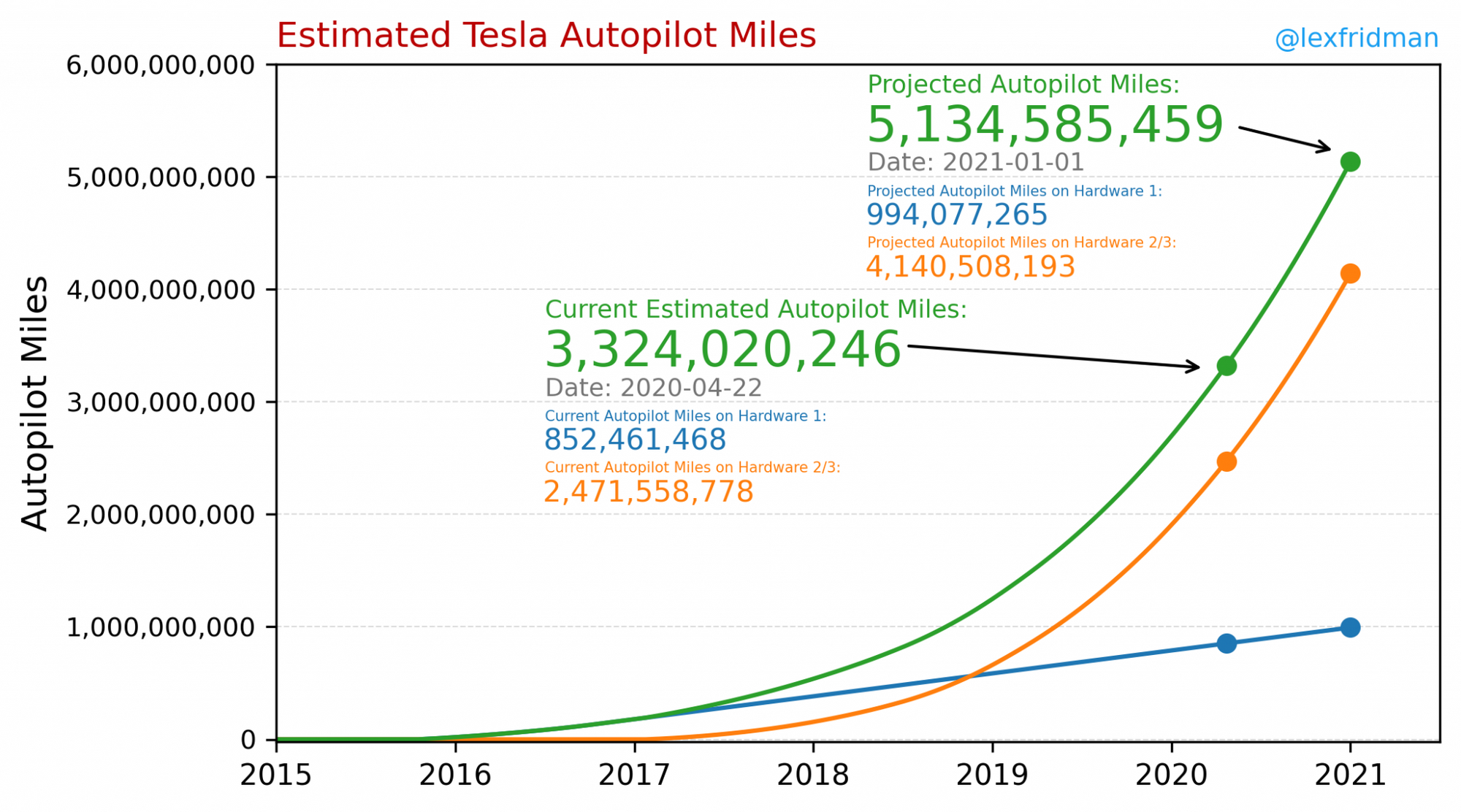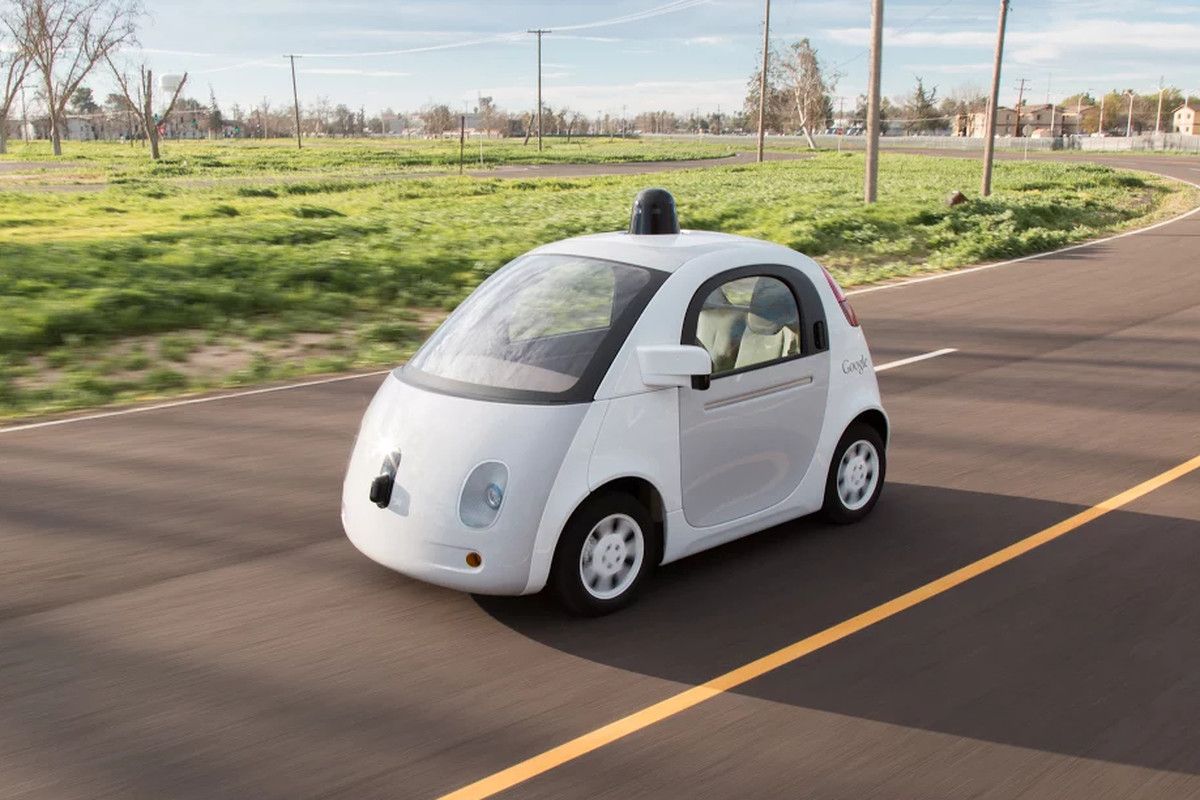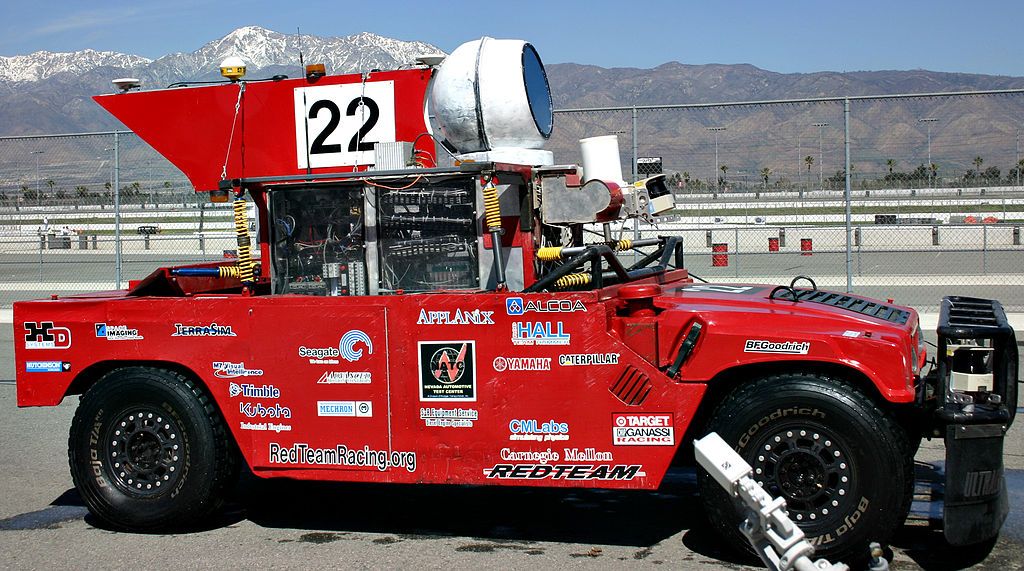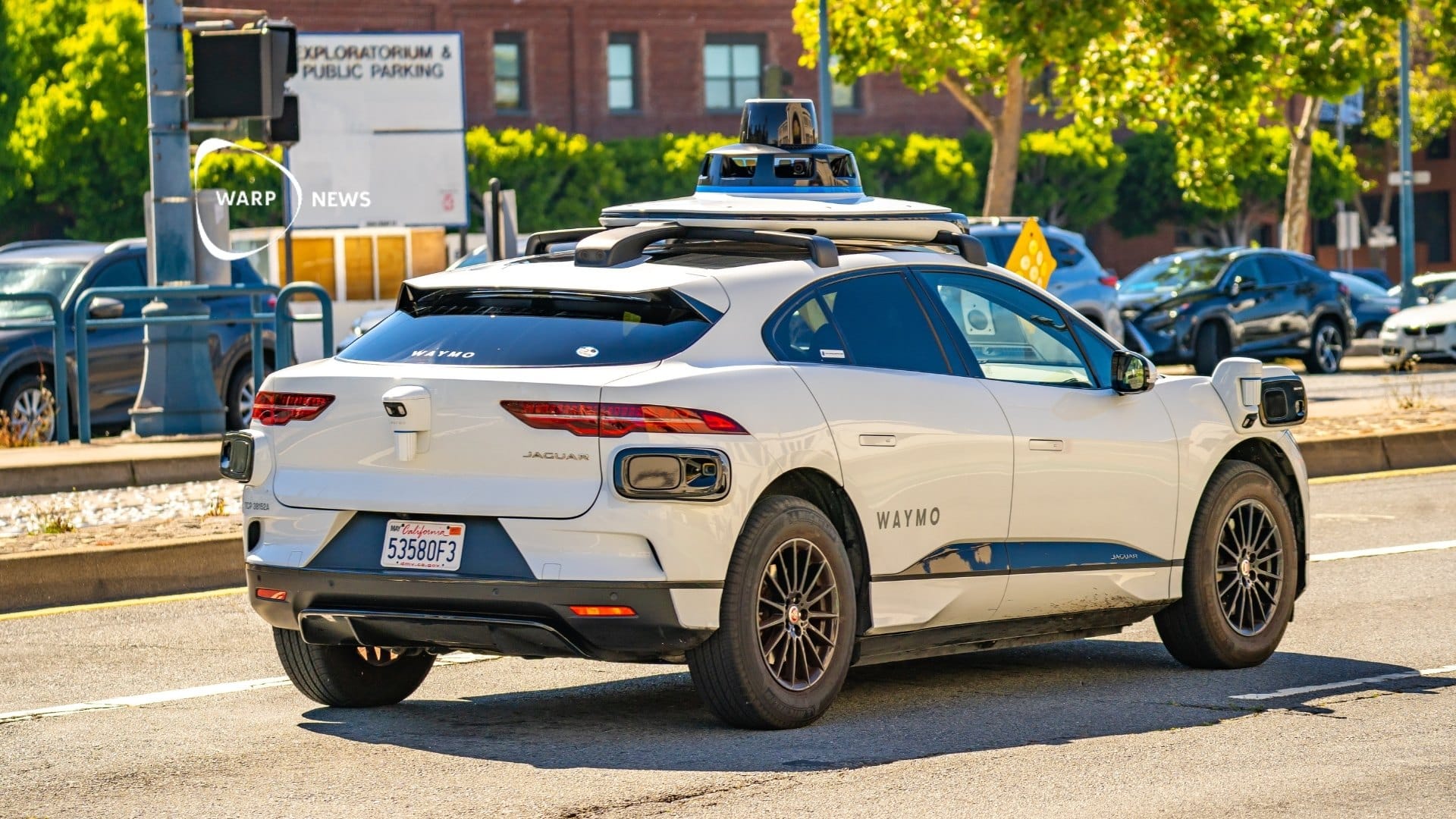
🏎️ Self-driving cars shapes up to be a three-way race
Is the self-driving race shaping up like the smartphone race, with two or three dominating software systems and many hardware makers? It sure looks like it.
Share this story!
As a Member of Parliament I hosted a seminar in Parliament together with Volvo Cars. This was back in 2016, and when you told people that the seminar was about self-driving cars, you would get many funny stares. That was total science fiction to most people back then. Now it is turning into science fact.

The idea was that a self-driving Volvo car would deliver me to the doorstep of the Parliament building. Volvo promised they could do that. But when we got closer to the date for the event, Volvo backed out. The car wasn't ready to even drive a few hundred meters in a controlled environment.
Can a small car company build great self-driving technology?
At the seminar Volvo Cars CEO Håkan Samuelsson and other guests talked about the self-driving future. I was inspired, but I also had a nagging thought in the back of my head: How could a small company like Volvo Cars be able to compete in self-driving technology with the likes of Google, who was the leader back then.
Well, it turns out they couldn't. It at least seems that way right now. (And I love that they tried!)

Will self-driving end up being a three-way race, between two giant companies - Google and Amazon - and one fast-moving startup - Tesla? That seems to be the most likely case right now.
Getting vehicles to drive for themselves 100 percent of the time is a tough nut to crack in any condition. Even getting to 99 percent in almost all conditions seems hard, and it looks like you need machine learning from a massive fleet of vehicles to get there.
Fleet-learning needed to achieve full self-driving
There might be some other ways to get there, like building outstanding computer simulations, but right now it doesn't look like that is enough. The problem is all the millions of weird things that can happen, which is very hard for a simulation to predict.
People dressing up as traffic signs and walking next to the road. How do you learn a car in advance to understand that? How would you even think of a bizarre thing like that before you've seen it?

Solving self-driving seems to require lots of vehicles on the roads, experiencing millions of edge-cases, feeding that to the machine learning system that learns and adapts. That means you can't just have a few hundred or thousands of cars in one part of the world. You'll need hundreds of thousands, or millions, of them all over the world.
Tesla in the lead
That is one big reason Tesla is leading the self-driving race. They have almost one million cars with self-driving hardware and software in most parts of the world. Those cars have driven over 5 billion miles, all the time collecting data.
Waymo is probably in second place when it comes to driven miles, but still way behind with less than one-hundredth of Tesla's total miles.
This means that Tesla's lead in the self-driving race is increasing every day.

Amazon joins the race
But the others won't give up without a fight. Especially not Amazon. They have earlier invested in self-driving companies like Aurora and Zoox. And now they are buying all of the latter one.
Zoox is a company building self-driving vehicles without the constraints of adapting to how a car "should look." When a vehicle drives itself you of course don't need a steering wheel. You can sit facing each other. The car doesn't need to have big deformation zones, because it will be involved in fewer accidents. And so on.
The company has raised over a billion dollars in venture capital, but that doesn't seem enough. They need the backing of the enormous Amazon corporation to survive and strive.
Amazon has an obvious interest in autonomous driving: Deliveries. If machines operating without humans can deliver packages, that will lower Amazon's costs, and costumers will likely get their orders faster and cheaper (always Amazon's #1 goal.)
Amazon can build that massive fleet, where they can test and collect data. Humans have to deliver the packages anyway, and now they can oversee a computer doing some of the driving. Maybe it won't add up to a million vehicles, like Tesla soon has on the roads, but at least hundreds of thousands of them.
They've also demonstrated several times how they are willing to move into new business. Faster and cheaper deliveries is the first goal, but Jeff Bezos also wants a share of the robo-taxi market.
Waymo going for the Android solution
Where does this leave Waymo, the company that came out of Google's pioneering self-driving project? Waymo does not have a massive fleet of cars. It seems they believe and rely more on computer simulation, but they also have another way forward.
First of all, they have ordered a lot of cars, between 60 and 70,000 vehicles from different car markers, into which they will put their self-driving hardware and software. But that is still fewer cars than Tesla sells in one quarter.
The other obvious way forward is to put their software into other automakers' cars. And that is what just happened when Waymo made a deal with Volvo Cars. Waymo will provide Volvo cars with level 4 self-driving software and hardware. The vehicle will be able to drive themselves in certain areas and under certain conditions.
Before Volvo, they've made similar deals with Nissan-Renault, Fiat-Chrysler and Jaguar Land Rover. Other Geely brands, the owner of Volvo Cars, are part of the deal. So you will also see Waymo's technology in both Lynk and EV company Polestar.

We can call this the Android model, but instead of smartphones the Google software goes into cars. Waymo doesn't need to own and operate, or sell, millions of cars to get to the same level of data collection as Tesla.
Tesla seems, so far at least, to follow the Apple model, not sharing the software with anyone. (But they probably don't have the same aversion against it as Apple/Jobs had vs. opening up their operating system.)
Self-driving looks like a three-way race
This means that self-driving is shaping up to be a three-way race. The car companies all have self-driving projects, but are often way behind and don't have the money to invest in catching up. Especially after the coronavirus hit the economy. I think there is a good chance they will one after another capitulate and buy the software from someone else.
Because it is not only self-driving they need. Tesla's cars are fully connected, and update themselves over the air several times a year. Doing consumer software like that is also very hard, and once again the big automakers are way behind. That is probably why Volvo a few months ago also gave up that fight and now uses Google's infotainment software.
Again, this is not a given. All major car companies have self-driving projects in one way or another. There are several startups. We have Uber and Lyft. And don't forget Volkswagen. The only traditional car company that seems to go all-in on an electric future. Maybe that mindset translates to self-driving.
The traditional automakers blew their chance ten years ago
Now would be a good time to remind what a vast possibility the traditional carmakers had when it comes to self-driving. In the first WIP article, The self-driving future started with a competition nobody won, I wrote:
"None of these three major innovations - self-driving, electricity, and transport-as-a-service - came from any of the large established car companies."
Now it instead looks like the big automakers' best chance is to continue doing what they do best: Building the actual car, "the shell." And let Google and others provide the software and robo-taxi services.

This really is a race and the prize is huge: The robo-taxi market
Robo-taxi means that you order a lift precisely as you do with an Uber, but no human driver picks you up, just the car. Many think this will disrupt the ownership of cars and the current model for the car industry.
For that to happen, traveling like that has to be less expensive than owning a car, and it sure looks like it could.
"Tesla expects a cost of just over $0.10 per mile and the price for the customer of just over $0.60 per mile. Taxis are about $2-2.50 per mile."
That will be a multi-trillion dollar market, and the company getting there first could dominate it.
A race means we'll get to the finish line faster
That is of course great fun for the eventual winner, but also for us. A big-money prize like that means there will be significant resources invested in getting there as soon as possible, which means full self-driving as quickly as possible.
Self-driving cars will be much safer and much greener than today's cars. That is a future we want to come sooner.
By becoming a premium supporter, you help in the creation and sharing of fact-based optimistic news all over the world.


